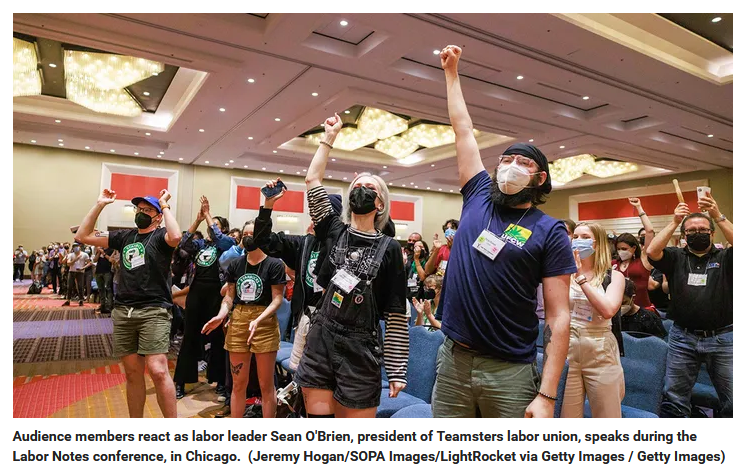DOL rule proposal could make more workers employees
Oct. 12, 2022 | Zachary Phillips | Construction Dive Original Source
Dive Brief:
The Department of Labor has proposed a rule change intended to combat employee misclassification. The rule would rescind the 2021 Independent Contractor Rule, which was “out of sync” with how courts have decided misclassification cases for decades, said Solicitor of Labor Seema Nanda in a press call Tuesday.

Construction — along with healthcare, trucking, retail and food service — is among the industries where the DOL has put emphasis on protecting “low-wage vulnerable workers” from misclassification as independent contractors, Principal Deputy Administrator for DOL Jessica Looman said on the call.
The shift would return the standard to a six-factor “totality-of-the-circumstances” framework, reversing a Trump administration rule that put extra weight on two factors.
Dive Insight:
The Trump administration rule placed more emphasis on two factors: the nature and degree of workers’ control over their work, and the opportunity for profit or loss based on initiative, investment or both.
Under the DOL’s proposed rule, the six factors DOL would consider equally in the assessment of the economic realities of a working relationship include:
- Opportunity for profit or loss depending on managerial skill.
- Investments by the worker and the employer.
- Degree of permanence of the work relationship.
- Nature and degree of control.
- Extent to which the work performed is an integral part of the employer’s business.
- Skill and initiative.
The distinction is an important one in construction. Looman said the DOL knows in many cases, individuals are in business for themselves, selling their skills to various employers — a practice that would qualify them as an independent contractor.
Unscrupulous employers who misclassify employees as independent contractors cut costs around labor, but prevent the worker from properly collecting minimum wage, benefits, overtime and medical or family leave that they may be owed, Looman said. In doing so, those employers harm not only the worker and their families, but other businesses that follow the rules.
Ben Brubeck, vice president of regulatory, labor and state affairs for Associated Builders and Contractors, vehemently opposed the rule change in a statement emailed to Construction Dive. In it, he said ABC would challenge the DOL if it undermined independent contractors.
Brian Turmail, vice president of public affairs and strategic initiatives for Associated General Contractors of America, said the trade association is still analyzing the rule, which mirrors guidance from the Obama administration.
“We worry that this rule will go well beyond its ostensible mission of protecting workers and instead stifle the many entrepreneurial opportunities that have long existed in the construction industry,” said Turmail.
The DOL will publish the official notice of rulemaking on Oct. 13 to help employers make the determination if workers are employees or independent contractors under the Fair Labor Standards Act. A 45-day comment period will open up after, so employers can give the DOL feedback on the change.
###


